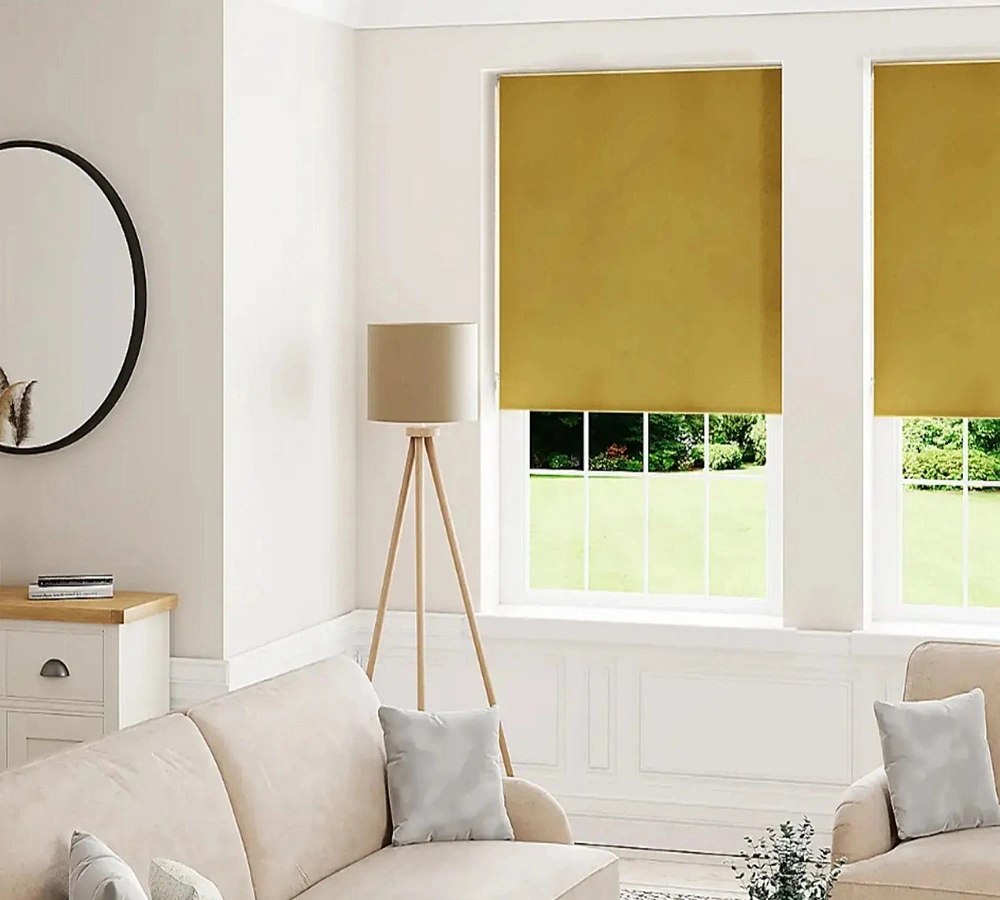
In the realm of interior design and home comfort, few elements are as vital as light control. The ability to regulate the amount of natural light entering your living spaces not only affects the ambiance but also has a profound impact on your overall well-being. This is where blackout blinds come into play. These innovative window coverings have taken the concept of light control to new heights, offering a plethora of benefits that extend far beyond traditional blinds or curtains. In this comprehensive guide, we’ll explore the science behind light and sleep, uncover the advantages of blackout blinds, and provide valuable insights on selecting and integrating them into your home.
Before delving into the world of blackout blinds, it’s crucial to understand the intricate relationship between light and sleep. Our bodies operate on a circadian rhythm, an internal clock that regulates various biological processes over a 24-hour period. Central to this rhythm is the hormone melatonin, often referred to as the “sleep hormone.” Melatonin is produced by the pineal gland in response to darkness, signaling to our bodies that it’s time to wind down and prepare for restful sleep.
In our modern lives, however, we’re constantly exposed to artificial light sources, especially during the evening hours. This can disrupt the natural production of melatonin, leading to difficulties falling asleep and maintaining a healthy sleep cycle. Creating an environment conducive to sleep, characterized by darkness, is essential for optimal sleep quality and overall well-being.
Blackout blinds, as the name suggests, go beyond regular blinds by offering a high level of light control. These blinds are designed with materials that effectively block out external light, creating a dark and peaceful environment. While they are commonly associated with bedrooms, their benefits extend to various areas of your home.
Selecting the perfect blackout blinds for your home involves considering various factors:
Once you’ve chosen the right blackout blinds, here’s how you can seamlessly integrate them into your living spaces:
At Blackout Curtains Shop, we specialize in providing high-quality blackout curtains for homes and businesses across Dubai, Abu Dhabi, and the UAE. Our extensive range includes various styles, colors, and sizes, ensuring the perfect fit for any space. We prioritize customer satisfaction, offering competitive prices and exceptional service. Transform your rooms into serene retreats with our stylish and functional blackout solutions.
Abu Dhabi Island, Al Salam Street Behind Abu Dhabi Municipality And FAB Bank Heirs. Of Ibrahim G. Sultan Al Suwaidi Building ONLINE FURNITURE – Showroom no. S2 Abu Dhabi
Phone: +971506787340
Landline: 02-5566748
© Copyright 2024 Blackout Curtains Shop – All rights reserved
 Call Now Button
Call Now Button